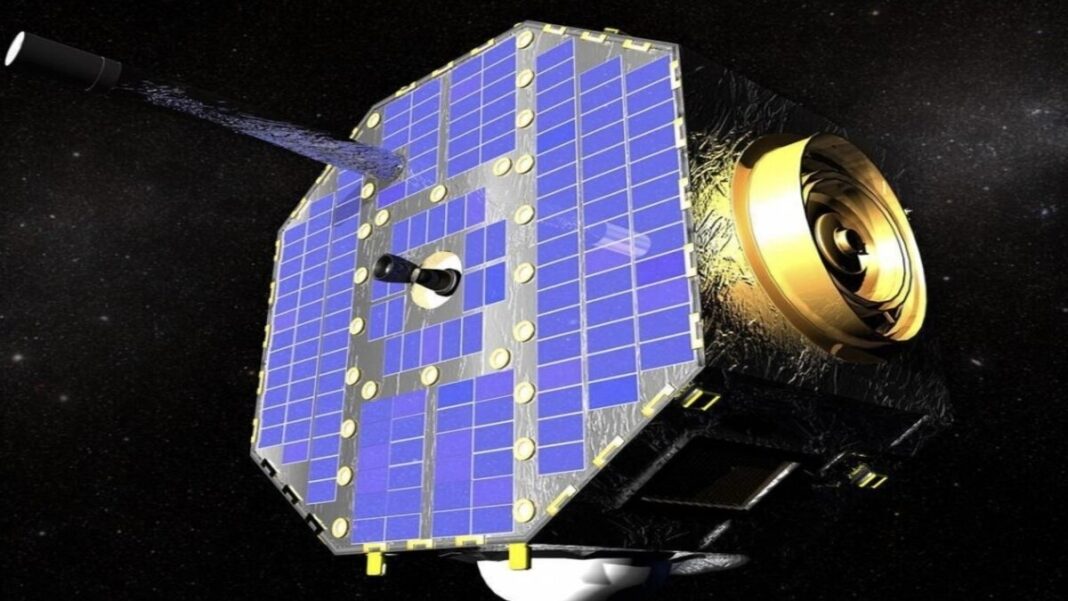UNITED STATES: On Monday, NASA announced that its Interstellar Boundary Explorer (IBEX) spacecraft is fully operational once again after a flight computer reset occurred during a planned contact on February 18.
While this type of reset has occurred before, the team lost the ability to command the spacecraft, making it different from previous incidents.
IBEX is a small spacecraft designed to map the boundary where solar winds from the Sun interact with winds from other stars. It was launched in 2008 and has been in space for nearly 15 years.
The spacecraft orbits our planet for nine days while its instruments focus on the interstellar boundary. NASA attempted to regain command capability by resetting ground systems hardware and software, but they were unsuccessful until March 2.
To take IBEX out of contingency mode, the mission team performed a firecode reset instead of waiting for the spacecraft to perform an autonomous reset and power cycle on March 4. This type of reset is an external reset of a spacecraft.
The team was able to perform the reset because of the favourable communications environment around the point where the spacecraft’s orbit was closest to Earth, or its perigee.
IBEX has been instrumental in providing groundbreaking insights into the interaction between our Sun and the rest of the galaxy. Its observations have led to the discovery of the “wall of hydrogen” that surrounds our solar system and separates it from the rest of the galaxy.
The spacecraft has also provided invaluable data on the dynamics of the interstellar medium and the properties of galactic cosmic rays.
With IBEX back in operation, scientists hope to continue to expand our knowledge of the boundary between the Sun’s influence and the rest of the galaxy.
Also Read: NASA’s Crewed Moon Mission Set for November 2024 Launch



